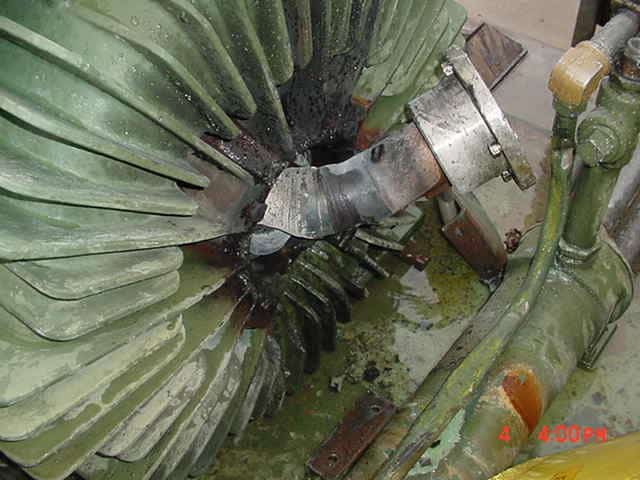Causal Factor Worksheet Webinar: Learn How to Identify Mistakes that Lead to Incidents

A Causal Factor is “a mistake, error, or failure that directly leads to (or causes) an incident, or fails to mitigate the consequences of the original error.” You can fix a Causal Factor and you might get temporary relief, but if you don’t find the root causes of the Causal Factor, the mistake is likely to occur again.
Nonetheless, Incident investigators who use the TapRooT® Root Cause Analysis System know that identifying Causal Factors is important. It’s important because when the Causal Factors are identified, then the investigator can focus on determining the underlying root causes.
There are several things to consider when deciding whether a worker’s actions, a worker’s failure to act, or the performance or lack of performance of a piece of equipment is truly a Causal Factor. We made it easy to navigate with the new Causal Factor Worksheet. Join us to learn more!
New Causal Factor Worksheet Webinar
September 2, 2:00 pm EST



